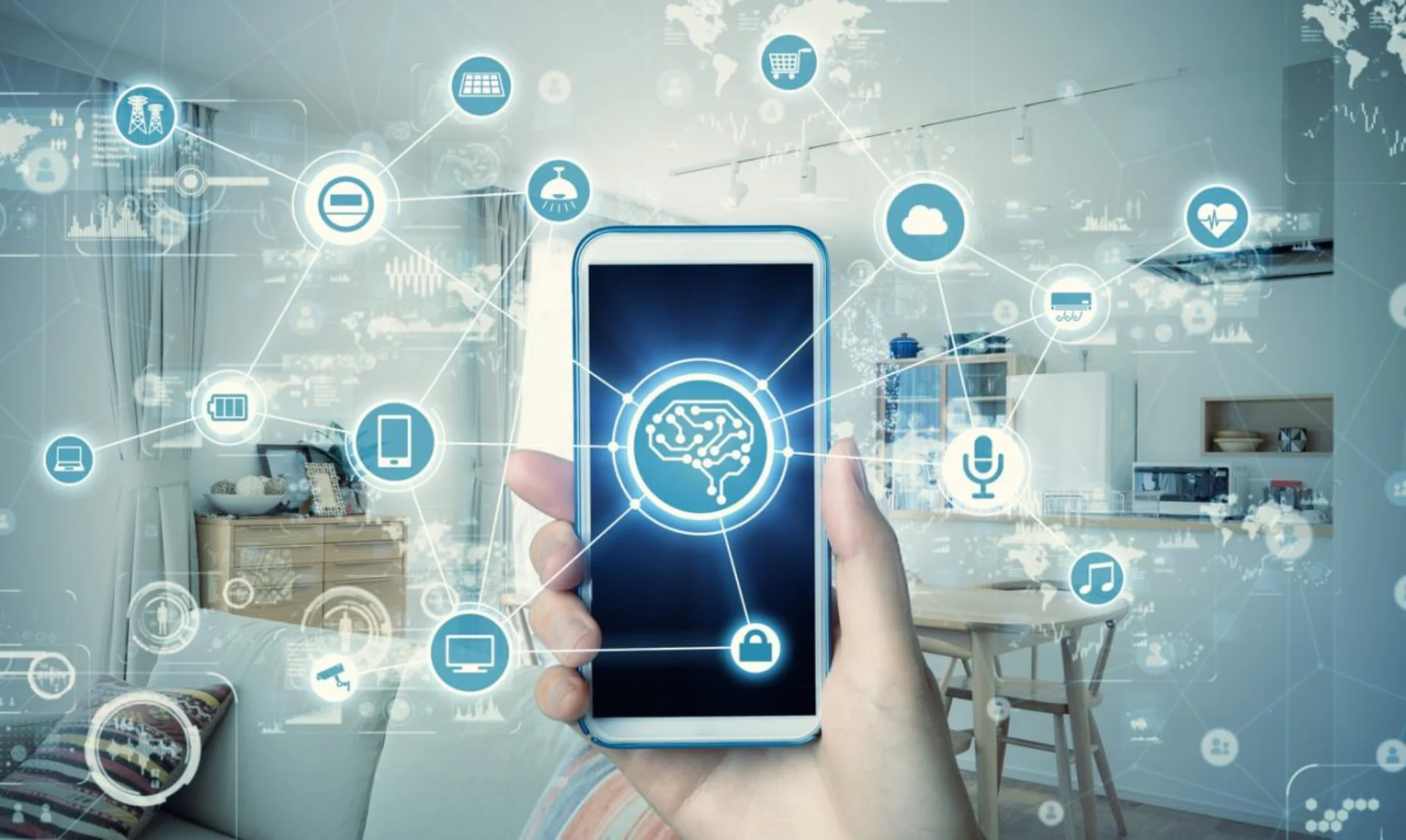Information Technology Trends for 2023: What You Need to Know
What You Need to Know About the Information Technology Trends for 2023. We will examine the dynamic IT industry landscape and shed light on the new trends that are reshaping businesses and society throughout the world in this extensive guide.
For people, professionals, and organizations alike, staying up to date on the most recent IT trends has become essential as technology continues to develop at an exponential rate. This book intends to give you useful insights into the significant innovations, strides, and transformational technologies expected to rule the IT industry in 2023.
In the chapters that follow, we’ll examine a variety of subjects, including cybersecurity, cloud computing, 5G, and artificial intelligence. You will gain a thorough comprehension of the underlying ideas, ramifications, and potential future paths through each chapter’s in-depth investigation of its particular subject.
This book is intended to inform and inspire you whether you are an IT professional looking to keep current, a business owner looking to use technology to expand, or simply a person interested in the exciting advancements that lie ahead.
Come along with me as I reveal the information technology trends for 2023 and show you what you need to know to successfully navigate the rapidly changing digital landscape.

The Rise of Artificial Intelligence in Information Technology
Information technology is only one of several fields where artificial intelligence (AI) has become a transformative force. This chapter will examine the quick development of AI and its expanding impact on IT systems, applications, and procedures.
A quick introduction to AI and the underlying ideas, such as machine learning, natural language processing, and neural networks, will be given at the beginning of the chapter. The practical applications of AI in fields like data analysis, automation, and decision-making will then be covered.
We will also talk about how AI is transforming the IT job market and how professionals can adapt to the new environment by learning new skills and utilizing AI technologies. Additionally, the ethical issues surrounding AI will be discussed, emphasizing the significance of responsible AI development and deployment.
You will have a thorough understanding of the development of artificial intelligence and how it will affect information technology in the future by the end of this chapter. This chapter will offer insightful Information Technology about how AI is influencing the IT business, whether you are a fan of artificial intelligence or just inquisitive.
The Impact of 5G Technology on the IT Industry
The introduction of 5G Information Technology is expected to transform the IT sector by opening up previously unimaginable prospects for connectivity, communication, and innovation. We will examine the transformational potential of 5G and its extensive effects on many IT landscape sectors in this chapter.
We’ll start by going through the foundational ideas and capabilities of 5G technology, emphasizing its astounding speed, extremely low latency, and broad device connectivity. We will also explore the possible uses of 5G for things like driverless vehicles, smart cities, and the Internet of Things (IoT).
We will also talk about the difficulties and factors that come with the broad use of 5G, such as the infrastructure needs, security issues, and legal frameworks. For people and organizations looking to use 5G efficiently, understanding these elements is crucial.
We will also look at how 5G will affect the IT ecosystem, including how network design, cloud computing, and edge computing will alter. You will receive a thorough overview of the impact that 5G Information Technology is expected to have on the IT sector in this chapter.
You will have a thorough understanding of the potential of 5G Information Technology and how it will influence the direction of information technology by the end of this chapter. Whether you work in IT, own a business, or are just interested in Information Technology, this chapter will give you the skills you need to embrace the 5G age.
Cybersecurity Trends and Strategies for 2023
Cybersecurity has emerged as a major issue for people, companies, and governments in a world that is becoming more digitally linked and networked. In this chapter, we’ll examine how cybersecurity is changing and talk about the newest trends and techniques for safeguarding private data and digital assets.
We will begin by examining the current cybersecurity landscape, highlighting the prevalent threats and challenges faced by organizations. From data breaches and ransomware attacks to social engineering and insider threats, we will delve into the tactics employed by cybercriminals and the potential consequences of security breaches.
We will also look at the newest developments in threat intelligence, machine learning-based defenses, and zero-trust architectures in cybersecurity. For people and organizations to keep ahead of cyber risks and put effective security measures in place, understanding these trends is essential.
We will also go through the value of cybersecurity education and awareness, with a focus on the contribution of staff to the upkeep of a safe online environment. We will also look at the regulatory environment and compliance standards that organizations must negotiate to guarantee data security and privacy.
You will have a thorough awareness of the shifting cybersecurity landscape and the tactics to protect crucial data in 2023 by the end of this chapter. This chapter will arm you with the information necessary to successfully navigate the complicated world of cybersecurity, whether you are an IT expert, a business owner, or a person concerned about digital security.
Cloud Computing Innovations and Advancements
Cloud computing has completely changed the IT sector by providing scalable, affordable, and adaptable solutions for both enterprises and individuals. In this chapter, we’ll examine the most recent developments and strides in cloud computing and their effects on the direction of IT.
We’ll start by outlining cloud computing and its essential elements, such as Infrastructure as a Service (IaaS), Platform as a Service (PaaS), and Software as a Service (SaaS). We’ll talk about the advantages of cloud computing, like enhanced scalability, lower costs, and increased agility.
We will also explore recent developments in cloud computing, including edge computing, serverless architecture, and hybrid cloud models. These developments are reshaping how businesses build and manage their IT infrastructure, opening up fresh opportunities for creativity and effectiveness.
We will also look at the difficulties and factors involved in using the cloud, such as data security, compliance, and vendor lock-in. It is essential for people and companies wishing to fully utilize cloud computing to comprehend these factors.
You will have a thorough understanding of the most recent developments in cloud computing by the end of this chapter. This chapter will provide you with the knowledge necessary to harness the potential of the cloud in 2023, whether you are an IT expert, a business owner, or just someone who is interested in cloud Information Technology.
The Internet of Things: Revolutionizing Connectivity
With billions of objects connected and enabling previously unheard-of levels of automation and data interchange, the Internet of Things (IoT) has emerged as a paradigm shifter. We will examine the revolutionary potential of IoT and its effects on the IT landscape in this chapter.
An introduction to the Internet of Things and its supporting technologies, such as sensors, actuators, and communication protocols, will be given first. We’ll talk about how the Internet of Things (IoT) is transforming sectors like healthcare, manufacturing, and smart homes while providing businesses and people with real-time data and insights.
We will also explore the difficulties and factors surrounding the adoption of the Internet of Things, such as scalability, interoperability, and privacy issues. To fully utilize IoT technologies, individuals and organizations must have a thorough understanding of these difficulties.
We’ll also look at some of the newest IoT concepts, like edge computing, digital twins, and AI integration. The IoT’s future is being shaped by these themes, which make it possible for greater connectivity, intelligence, and automation.
You will have a thorough understanding of the Internet of Things and its potential for change in 2023 by the end of this chapter. This chapter will arm you with the information required to embrace the linked future, whether you are an IT expert, a business owner, or a person intrigued by the possibilities of IoT.
Blockchain Information Technology and its Potential Applications
The potential of blockchain technology to transform businesses outside of cryptocurrency has attracted a lot of attention. We will examine the foundations of the blockchain and some of the potential uses it could have in the IT industry in this chapter.
We’ll start by giving a general overview of blockchain Information Technology and describing its immutability, decentralization, and consensus methods. We’ll talk about blockchain’s benefits, including improved security, transparency, and effectiveness.
We will also look at the real-world uses of blockchain that go beyond cryptocurrency. We will look at how blockchain may change industries and streamline procedures in areas like supply chain management, healthcare records, digital identity, and smart contracts.
We will also go over the difficulties and factors to be taken into account while implementing a blockchain, such as scalability, interoperability, and legal frameworks. For individuals and organizations wishing to take advantage of the potential of blockchain technology, understanding these difficulties is essential.
We’ll also look at some of the newest developments in blockchain technology, like hybrid blockchains, decentralized finance, and non-fungible coins. The blockchain’s future is being shaped by these themes, which are also creating new opportunities for innovation and disruption.
You will have a thorough understanding of blockchain technology and its prospective uses in 2023 by the end of this chapter. This chapter will arm you with the knowledge necessary to explore the possibilities of this game-changing technology, whether you’re an IT professional, a business owner, or just someone intrigued about blockchain.
Augmented Reality and Virtual Reality in IT
The way we interact with digital content has been completely transformed by augmented reality (AR) and virtual reality (VR), which provide immersive and interesting experiences in a variety of fields. We shall examine the uses and effects of augmented reality and virtual reality in the context of information technology in this chapter.
We’ll start by giving an introduction to AR and VR technologies, outlining their distinctions and underlying ideas. We’ll talk about how AR and VR are increasing user experiences and creating new opportunities for innovation in fields including gaming, education, healthcare, and design.
We will also explore the difficulties and factors surrounding the adoption of AR and VR, such as hardware requirements, content development, and user acceptance. For individuals and organizations looking to fully utilize the potential of AR and VR technology, understanding these difficulties is essential.
We’ll also look at some of the newest developments in AR and VR, like mixed reality, haptic feedback, and spatial computing. These developments are extending the capabilities of AR and VR, allowing for more participatory and realistic experiences.
You will have a thorough understanding of the uses and effects of AR and VR in the IT business by the end of this chapter. Whether you work in IT, own a business, or are just interested in immersive technology, this chapter will provide you with the knowledge you need to successfully navigate the fascinating world of AR and VR.
The Future of Data Analytics and Big Data
The modern business landscape now heavily relies on data analytics and big data to drive decision-making, innovation, and insights. The future of big data and data analytics will be discussed in this chapter as we examine the new trends and Information Technology reshaping this industry.
The fundamentals of data gathering, storage, processing, and analysis are explained in the introduction to data analytics and big data. We will talk about the difficulties and possibilities of handling and gaining value from massive amounts of data.
We will also explore the newest developments in big data analytics, including machine learning, predictive analytics, and real-time data processing. Organizations may now acquire greater insights, make data-driven decisions, and find new possibilities thanks to these trends.
We will also talk about the ethical issues related to data analytics, such as prejudice, data governance, and privacy. For people and organizations trying to use data analytics ethically and responsibly, understanding these factors is crucial.
We will also look at how automation and artificial intelligence are used in data analytics, emphasizing how these tools are enhancing human abilities and altering how data is examined and understood.
You will have a thorough understanding of the future of big data and data analytics by the end of this chapter. Whether you work in IT, operate a business, or are just curious about the potential of data, this chapter will provide you with the skills you need to successfully negotiate the ever-changing field of data analytics.
Conclusion
We have examined the dynamic IT industry landscape and found the new trends that are influencing the future throughout this book. We have delved into the game-changing technologies and innovations that are transforming industries and societies, from the rise of artificial intelligence and the impact of 5G technology to cybersecurity, cloud computing, the Internet of Things, blockchain, augmented reality, data analytics, and the convergence of edge computing and AI.
It is crucial to keep informed and adjust to the shifting environment as technology continues to advance at a rapid rate. The knowledge you receive from this book’s insights will provide you with the tools you need to successfully navigate the rapidly changing digital world.
The knowledge in this book will be an invaluable tool for anybody interested in the exciting breakthroughs that lie ahead, whether they are IT professionals looking to remain on top of the latest developments, company owners looking to use technology to build their companies, or simply individuals with a curiosity about what’s next.
Remember that there are a tonne of options and possibilities in the future of information technology. Take advantage of transformational technologies, learn new skills, and adopt the trends that will influence the IT landscape through 2023 and beyond.


